
Finding the perfect hoodie can be a challenging task, especially when you’re faced with a myriad of fabric choices. From cotton to polyester, fleece to blended fabrics, each hoodie material offers distinct benefits and drawbacks. Whether you’re in search of a cozy hoodie for lounging at home or a performance-driven option for outdoor activities, the fabric you choose will significantly impact your comfort, durability, and style. In this ultimate guide, we’ll explore the most popular hoodie materials, their properties, and how to select the best one for your needs. By the end of this article, you’ll be well-versed in the world of hoodie materials and ready to find the perfect fit for your wardrobe.
Common Hoodie Fabrics and Their Properties
When it comes to hoodie material, there’s no one-size-fits-all solution. Each fabric has its own unique characteristics that can make or break your hoodie experience. Here’s a look at some of the most common hoodie materials and what they have to offer:
1.Cotton:Known for its softness and breathability, cotton is a popular choice for casual and comfortable hoodies. It’s ideal for everyday wear, offering a lightweight and breathable feel that’s perfect for moderate weather conditions. However, cotton hoodies can shrink if not properly cared for and may not provide the best insulation for colder climates.
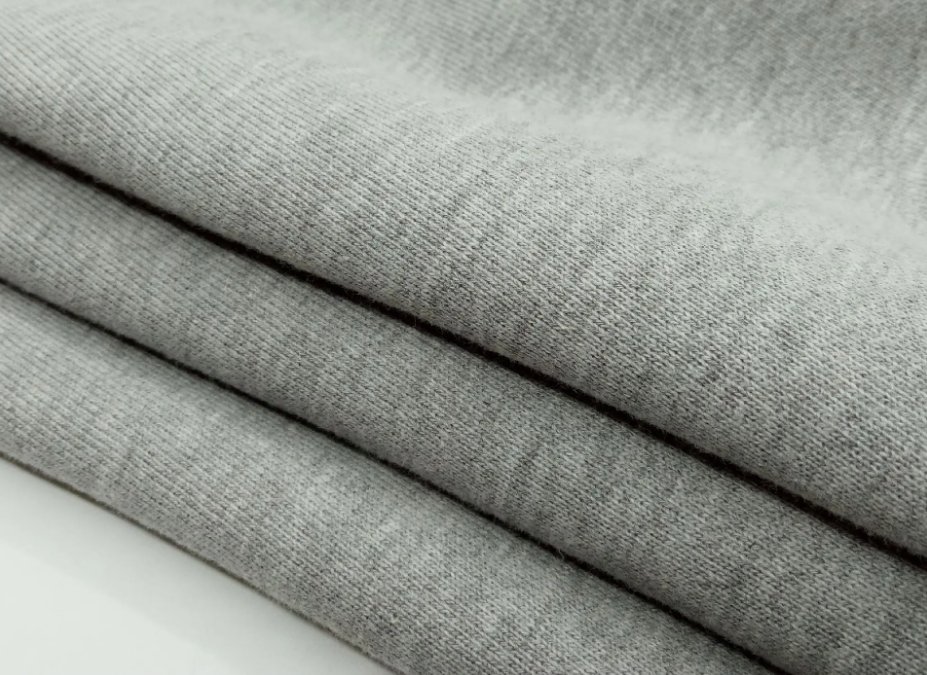
cotton
2.Polyester: Polyester hoodies are prized for their durability and moisture-wicking properties. They’re often used in athletic and outdoor apparel due to their ability to keep you dry and comfortable during physical activities. Polyester hoodies are also resistant to wrinkles and shrinking, making them low-maintenance and long-lasting. However, they may not be as breathable as natural fibers like cotton.
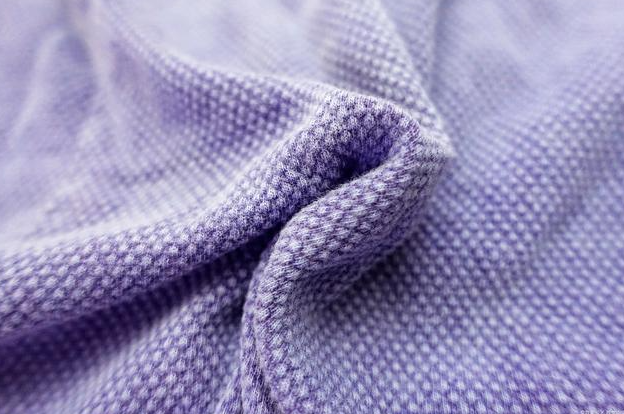
Polyester
3.Fleece: Fleece is a synthetic material made from polyester or a blend of polyester and other fibers. It’s known for its excellent insulation and softness, making fleece hoodies a go-to choice for cold weather. Fleece hoodies are lightweight yet warm, providing comfort without the bulk. The downside is that they may not be as breathable and can sometimes feel too warm for indoor or active use.
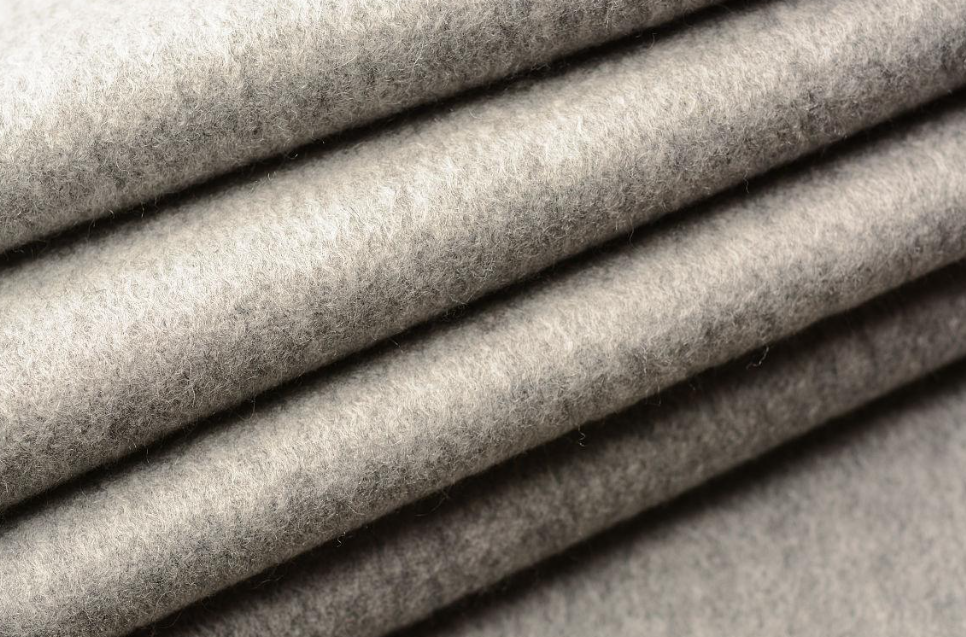
Fleece
4.Blended Fabrics: Hoodies made from a blend of cotton and polyester (or other materials) aim to combine the best qualities of each fabric. Blended hoodies offer a balance of softness, durability, and moisture-wicking capabilities, making them versatile for various activities and climates. The specific blend ratio will affect the hoodie’s overall feel and performance.
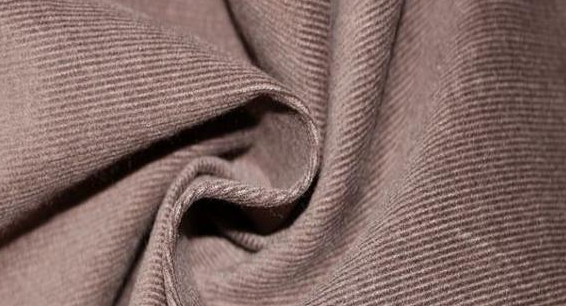
Blended Fabrics
Cotton Hoodies: Comfort and Breathability
Cotton is a natural fiber that’s well-loved for its soft texture and breathability. Cotton hoodies are ideal for those who prioritize comfort and prefer a natural feel against the skin. They’re highly breathable, allowing air to circulate and keeping you cool in warmer weather. Cotton hoodies are also hypoallergenic, making them a great choice for individuals with sensitive skin.
However, cotton has its drawbacks. It tends to absorb moisture, which means it can feel heavy and damp in wet or humid conditions. Additionally, cotton hoodies may shrink after washing and are not as durable as synthetic options. Despite these downsides, cotton remains a favorite for its natural, comfortable feel.
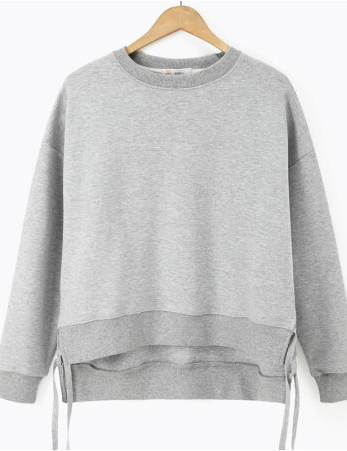
Cotton Hoodies
Polyester Hoodies: Durability and Moisture-Wicking
Polyester is a synthetic fiber known for its strength and moisture-wicking properties. Polyester hoodies are highly durable and resistant to stretching, shrinking, and wrinkling. This makes them ideal for activewear and outdoor use, where durability is key. The fabric’s moisture-wicking ability helps keep you dry by pulling sweat away from the skin, making it a popular choice for gym-goers and athletes.
One of the main disadvantages of polyester is its lack of breathability compared to natural fibers like cotton. While it effectively manages moisture, it can trap heat, making you feel warmer. Additionally, some people find polyester less comfortable against the skin due to its synthetic feel.

Polyester Hoodies
Fleece Hoodies: Warmth and Insulation
Fleece hoodies are designed for warmth and comfort. Made from synthetic fibers like polyester, fleece is soft, lightweight, and excellent at trapping heat. This makes it perfect for cold weather or as a layering piece during winter months. Fleece hoodies are also quick-drying and easy to care for, adding to their practicality.
The main downside of fleece is its breathability. While it insulates well, it can become too warm in mild conditions or during intense physical activity. Fleece is also prone to pilling over time, which can affect the hoodie’s appearance and texture.

Fleece Hoodies
Blended Hoodies: The Best of Both Worlds
Blended hoodies combine different fabrics, typically cotton and polyester, to balance comfort, durability, and performance. For example, a 50/50 cotton-polyester blend can offer the softness of cotton with the durability and moisture-wicking properties of polyester. Blended hoodies are versatile, catering to a wide range of activities and climates.
The specific blend ratio will determine the hoodie’s characteristics. A higher cotton content will make the hoodie softer and more breathable, while a higher polyester content will enhance its durability and moisture management. Blended hoodies are a great all-around option, offering flexibility and performance.

Blended Hoodies
Choosing the Right Hoodie Material for Your Needs
Selecting the right hoodie material depends on your intended use and personal preferences. Here are some factors to consider:
- For Casual Wear:Choose cotton or a cotton blend for comfort and breathability.
- For Athletic Activities:Opt for polyester or moisture-wicking blends to stay dry and comfortable.
- For Cold Weather:Fleece or thick cotton blends provide excellent warmth and insulation.
- For Layering:Lightweight cotton or blended hoodies are ideal for layering under jackets.
Care and Maintenance of Hoodie Materials
Proper care is essential to maintain the quality and longevity of your hoodie. Always check the care label for specific instructions. Generally, cotton hoodies should be washed in cold water and air-dried to prevent shrinking. Polyester and fleece hoodies can be machine-washed, but avoid high heat when drying to prevent damage. Blended hoodies require a mix of care practices, depending on the fabric ratio.
Finding the Perfect Hoodie Material for You
Choosing the right hoodie material can enhance your comfort and style, whether you’re lounging at home or hitting the gym. Understanding the properties of different fabrics like cotton, polyester, fleece, and blends allows you to make an informed decision that suits your needs. By considering factors such as breathability, durability, and warmth, you can find the ideal hoodie that meets your preferences and lifestyle. So, the next time you’re in the market for a new hoodie, remember this guide and choose the fabric that’s right for you.
Share This Story, Choose Your Platform!
We connect you with reliable factories, get the best quotes, deliver straight to your door.














